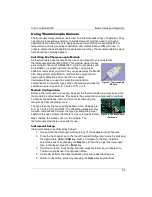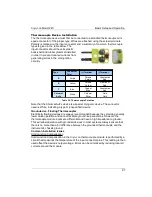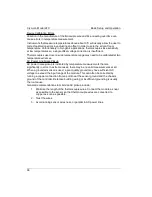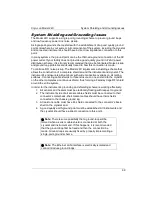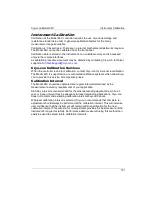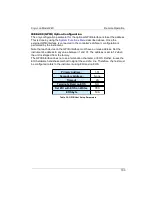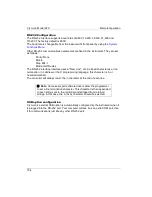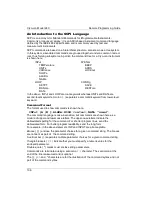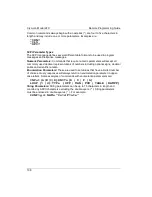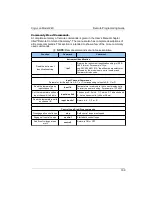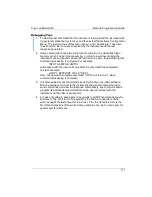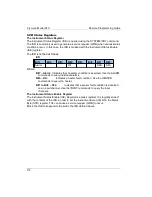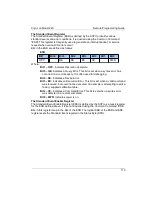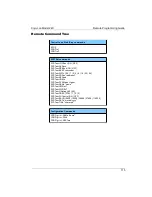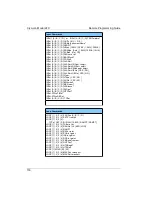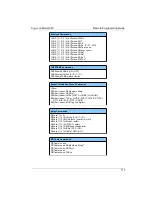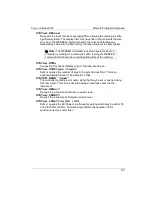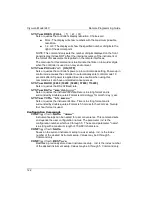
Cryo-con Model 24C
Remote Programming Guide
Command Separators
A
colon
( : ) is used to separate a command keyword from a lower-level keyword. It is
necessary to insert a
blank space
to separate a parameter from a command keyword.
Compound Commands
A semicolon ( ; ) is used as a separator character that separates commands within
the same subsystem. For example, sending the following command string:
INPut A:UNITs K;TEMPer?;
has the same effect as sending the following two commands:
INPut A:UNITs K;
INPut A:TEMPer?;
If multiple commands address different subsystems, the combination of a
semicolon ( ; ) and a colon ( : ) are used. The semi-colon terminates the previous
command and the colon indicates that the next command is in a different subsystem.
For example:
INPut A:TEMPer?;:LOOP 1:SETPt 123.45;
has the effect of sending the following two commands:
INPut A:TEMPer?;
LOOP 1:SETPt 123.45;
Queries
You can query the current value of most parameters by adding a question mark (?) to
the command. For example, the following command set the setpoint on control loop 1
to 123.45:
LOOP 1:SETPt 123.45;
You can change it into a query that reads the setpoint by using the following:
LOOP 1:SETPt?;
The instrument's response will be a numeric string such as: 123.45.
Compound queries are commonly used to save programming steps. For example, the
query:
LOOP 1:SETPt?;PGAin?;IGAin?;DGAin?;
reports the loop 1 setpoint, P-gain, I-gain and D-gain. An example response is:
123.45;20.0;60;12.5;
Note that the response is also separated by semicolons.
The representation of the decimal symbol for floating point numbers must be a period,
'.', instead of comma, ',' as is customary used in some European countries.
Command Terminators
Each command must be terminated with a
line-feed
( \n ) character.
SCPI Common Commands
The IEEE-488.2 SCPI standard defines a set of common commands that perform
basic functions like reset, self-test and status reporting. Note that they are called
common commands because they must be common to all SCPI compliant
instruments, not because they are commonly used.
107



